Iskotêwâpoy
- rfulmek
- Jan 26, 2019
- 4 min read
The myth of the drunken Indian, Vowel (2016, p.151-157) describes is a very prevalent and ugly stereotype that has created very heavy baggage for all indigenous peoples. This is a stereotype that I have heard over and over in my own life due to my geographic location, being so close to a reserve. Throughout my town, it was very common to see drunk indigenous peoples which made it so easy to attach a label to every indigenous person. It is important to provide counter-narratives so we can attempt to stop these stereotypes.
It is clear that the “the root causes are pretty well documented at this point - residential schools, the Indian Act, child welfare issues, Indian agents, geographic isolation, racism, intergenerational trauma - the list goes on” (Vowel, 2016, p.151-152) which is why Indigenous peoples have turned to alcohol in the past. It is no wonder why in many instances they have turned to alcohol because as Vowel (2016) describes that to understand the problem, you must understand colonization. It is clear that alcohol all began with colonization when Indigenous peoples were taken advantage of and tried to be assimilated into Canadian society. Alcohol abuse among Indigenous peoples is not a myth due to their hardships they have endured but it is not right to assume everyone is an alcoholic (Vowel, 2016, p. 157). Palmater (2018) had stated, “Indigenous peoples and their identify has been criminalized by colonial and now modern governments. That has feed the minds, hearts and souls of settlers that has charted the public discourage to make us look like savages, criminals and deserve what we get.” Due to the hardships and traumatic experiences that they have endured, it is so easy for people to create these stereotypes.
Palmater (2018) had discussed how resilient and compassionate Indigenous peoples are, which is often overlooked. She had talked about how despite everything that has happened in their lives, when someone needs help, an Indigenous person will always extend their hand and offer support. Due to the stereotypes Indigenous peoples have been given, people often forget that they are people too, who have been through great deals of hardships and experiences that are impossible to overcome. “Indigenous people tend to have a more negative view of the use of alcohol compared to non-Indigenous people, which is no doubt linked to the damage that alcohol abuse continue to wreak on our communities,” Vowel (2016, p.155) made clear that this lead to misleading information, resulting in these Indigenous peoples being viewed as drunks.
Vowel (2016) described that no gene can prevent alcohol dependency nor does one race or ethnicity make you more dependent on alcohol than another. But rather, it is a complex issue that has existed for years. “From early days of contact, right up until the end of the 19th century, Indigenous peoples were consistently exposed to models of violence associated with binge-drinking by fur traders, soldiers and later on, miners” (Vowel, 2016, p.155) which caused alcohol to have a major impact on their lives. All in all, this stereotype has existed since contact and it does not apply to all Indigenous peoples. It is a myth that all natives are drunks and that alcohol abuse is an Indigenous cultural trait (Vowel, 2016). As Palmater (2018) said, “if we don’t talk straight, we won’t get to the real issues” which is why it is so important to have these counter-narratives. We must reeducate Canadians and/or take them through the process of unlearning, in order for them to learn the truths of Indigenous peoples.
This slideshow below, clearly shows how vivid and real this myth is that all Indigenous peoples are drunks. It caused a pit in my stomach to screen shot these photos, as it is horrible that we even got to this place as a society. We must have these counter-narratives as an attempt to stop this misleading information and inform the public of the cold. hard. truth.
I chose this particular myth due to the fact it is something that I have heard over and over anywhere I have gone within Canada. It is attached to every Indigenous person and they have been given such a harsh label that is very inaccurate. The truth was discovered when looking at the traumatic experiences that these Indigenous peoples have gone through and listening to testimonies from survivors of residential schools. By creating this counter-narrative I wonder if it is a step towards reconciliation as Palmater (2018) said “you need to LISTEN and not argue with them, you cannot judge the harm when it has been inflicted.” I am learning about these myths, the harsh reality behind it all and taking part in the process of unlearning. I realize that reconciliation is not solely about education, as it requires action as well (Palmater, 2018) but I feel this is a step in the right direction, a beginning.
I believe this counter-narrative could fit into the grade 5 curriculum.
TR51: Examine the concepts of colonization and decolonization and analyze their effects.
IN5.1 Demonstrate an understanding of the Aboriginal heritage of Canada.
USC5.4 Analyze the connections between personal identity and personal well-being and establish strategies to develop and support a positive self-image.
Indicator: Define stereotyping (i.e., a set of characteristics or a fixed idea considered to represent a particular kind of person), prejudice (i.e., preconceived negative or hostile views toward a person or group of persons based on ignorance and stereotyping) and discrimination (i.e., unfair treatment of a person or group on the basis of prejudice).
Students could interview people within their community about the effects of stereotyping and racism. They could then communicate their learnings about what they learned to the class through a presentation or informal conversation. Students could learn through literature by reading the poem, Hated Structure: Indian Residential School, where students could learn about the harsh reality of residential schools and the traumatic experiences they had been through. By looking at this, students could begin to discover the truth about Indigenous peoples and why labels were attached to them.
The video attached I felt was a good fit with all Palmater (2018) had said within her talk she had done at the University of Regina and the myth that I looked into: The Drunken Indian.
Faculty of Arts, U. O. (2018, February 21). Retrieved from https://www.youtube.com/watch?v=89s3l2mYGWg
Hollywoodnativez. (2012, January 12). Retrieved from https://www.youtube.com/watch?v=lIGo8ltW9Ho
Vowel, Chelsea. (2016). Indigenous Writes. A guide to First Nations, Métis & Inuit Issues in Canada.

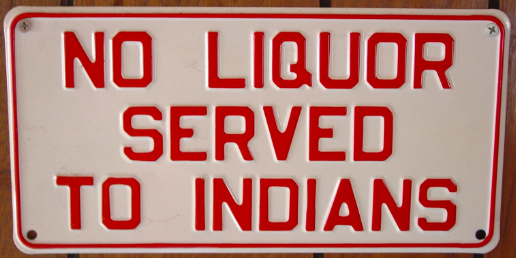
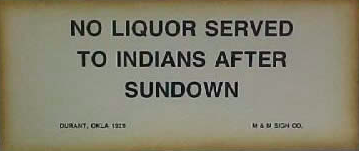
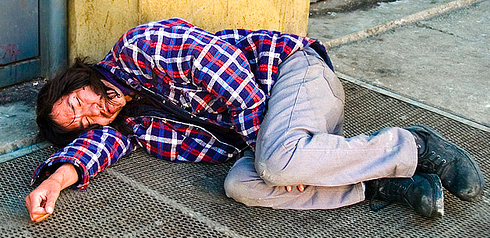

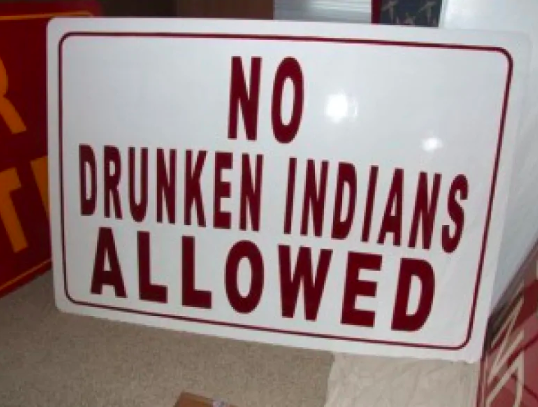

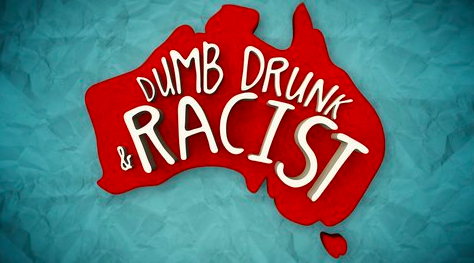
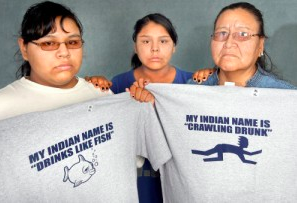
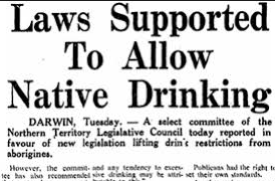


















Comments